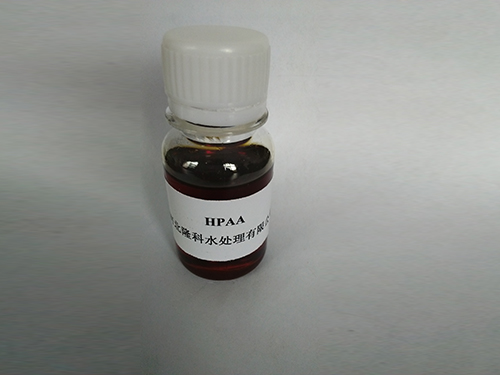Polyaluminum Chloride in Water Purification Processes and Its Effectiveness
Polyaluminum Chloride in Water Treatment
Polyaluminum chloride (PAC) is a widely used coagulant in water treatment processes, gaining recognition for its effectiveness in improving water quality. It is a type of inorganic polymer composed of aluminum ions and hydrochloric acid. They are often preferred in both municipal water treatment facilities and industrial applications due to their efficiency and versatility.
Polyaluminum Chloride in Water Treatment
Another advantage of PAC over traditional aluminum sulfate is its lower dosage requirement. PAC is more effective at lower concentrations, which not only leads to reduced chemical costs but also minimizes the amount of sludge produced during the treatment process. This is particularly beneficial for facilities that need to manage waste efficiently. The reduced sludge volume contributes to more economical disposal and adherence to environmental regulations.
polyaluminum chloride water treatment

Furthermore, PAC is known for its rapid coagulation and sedimentation properties. The quick action of PAC allows for shorter detention times, enabling water treatment plants to operate more efficiently and increase their throughput. This efficiency is particularly crucial in areas where water demand is high and treatment capacities must be optimized.
The versatility of PAC extends beyond just drinking water treatment. It is also commonly used in wastewater treatment, where it helps remove contaminants from industrial processes and municipal waste. Additionally, PAC has applications in various industries, such as paper manufacturing and mining, due to its ability to aid in the clarification process.
Despite its advantages, the use of PAC is not without challenges. The careful management of pH levels is necessary, as its effectiveness can be influenced by water chemistry. Moreover, appropriate dosing is crucial to avoid issues related to residual aluminum in treated water, which can pose health risks if not properly controlled.
In conclusion, polyaluminum chloride plays a vital role in modern water treatment processes. Its effectiveness in coagulating particles, reducing sludge volume, and enhancing operational efficiency makes it a valuable asset for both drinking water and wastewater treatment facilities. As water quality regulations become more stringent, the importance of effective coagulants like PAC becomes ever more critical in ensuring safe and clean water for communities worldwide.
-
Water Treatment with Flocculant Water TreatmentNewsJun.12,2025
-
Polymaleic AnhydrideNewsJun.12,2025
-
Polyaspartic AcidNewsJun.12,2025
-
Enhance Industrial Processes with IsothiazolinonesNewsJun.12,2025
-
Enhance Industrial Processes with PBTCA SolutionsNewsJun.12,2025
-
Dodecyldimethylbenzylammonium Chloride SolutionsNewsJun.12,2025





